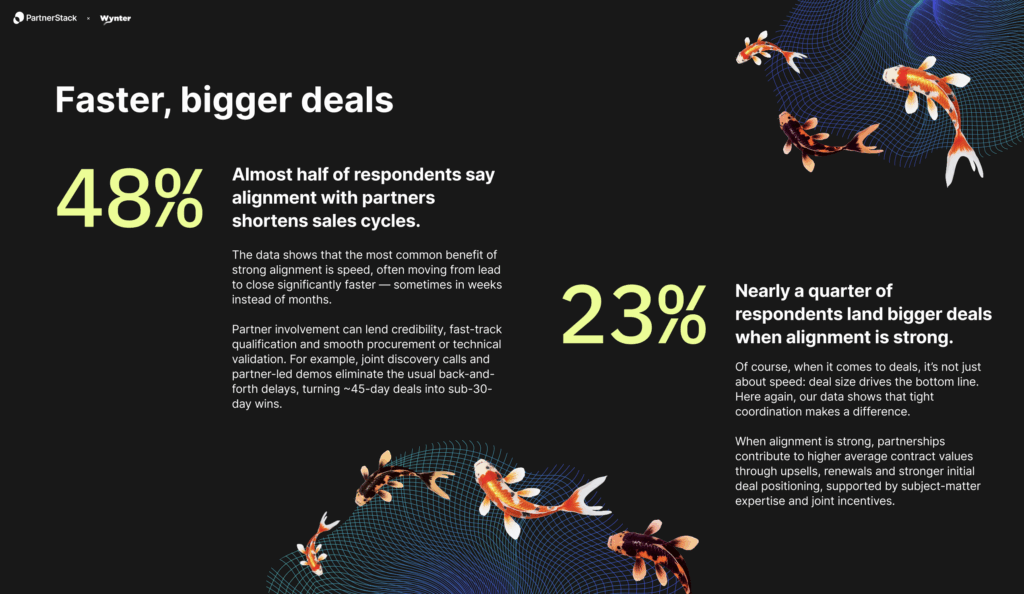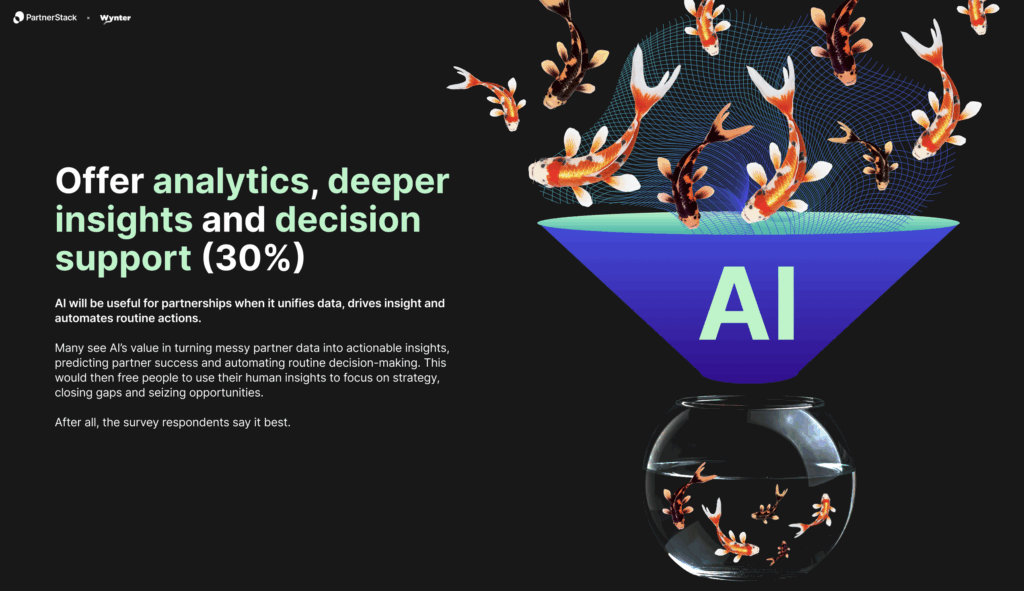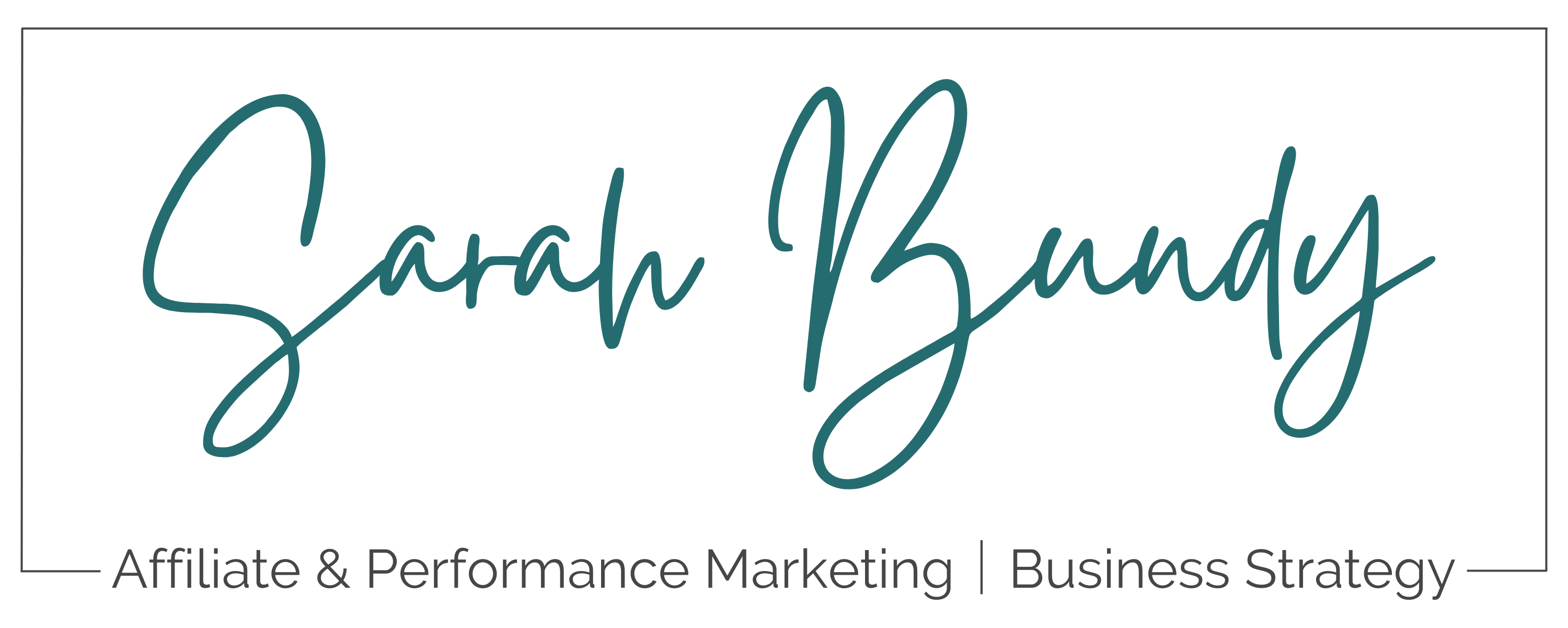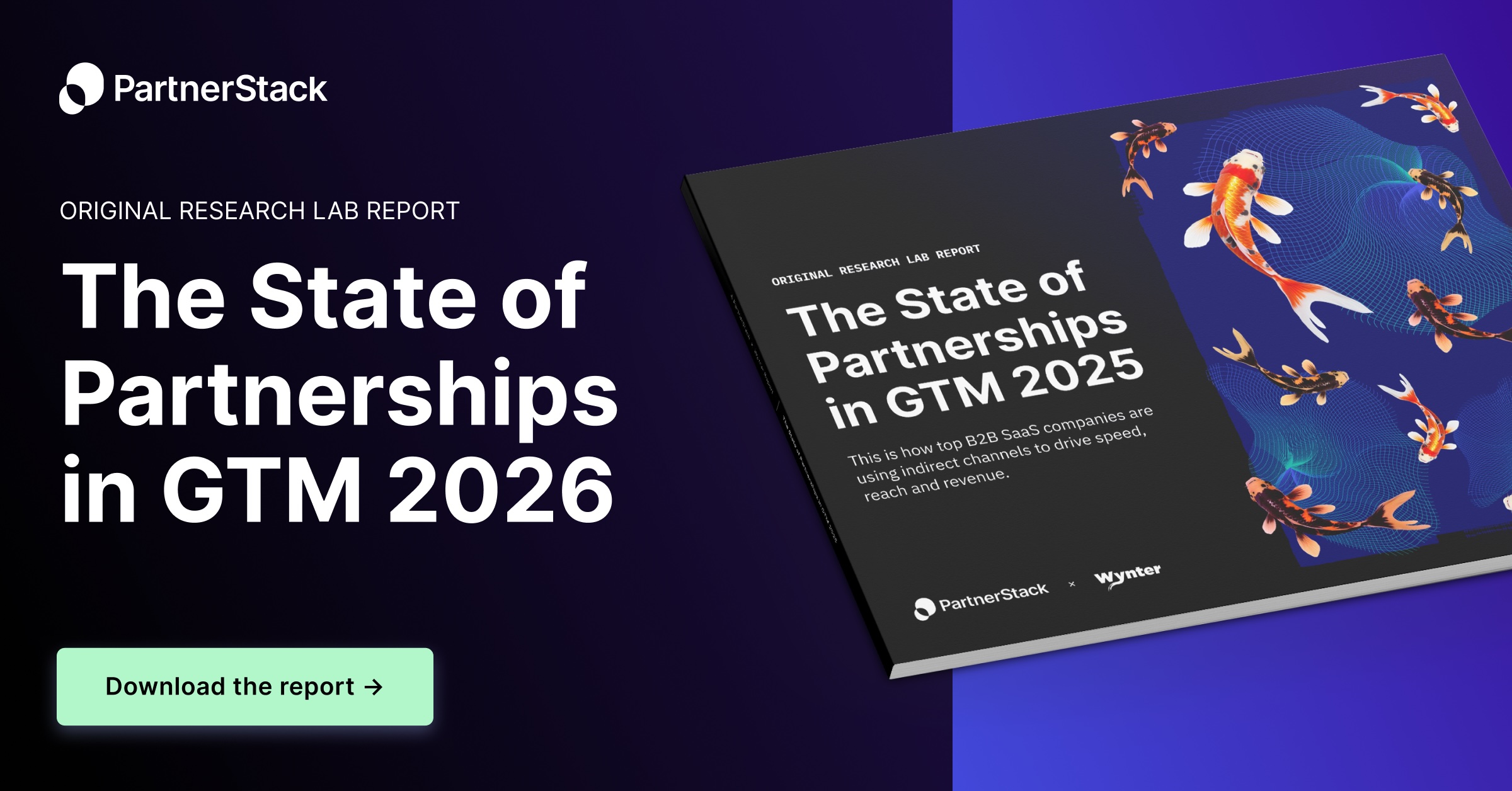Why Partnerships Are the Power Engine of Growth — and Why Women-Led Businesses Can’t Afford to Sit This One Out
There’s a quiet revolution happening in business growth right now — and PartnerStack’s latest report, The State of Partnerships in GTM 2026, makes it crystal clear: partnerships are no longer a “nice-to-have.” They’re a core growth strategy.
In this data-rich collaboration between PartnerStack and Wynter, 100 senior leaders from B2B SaaS companies were surveyed, and the message was undeniable: the future of revenue is built through collaboration, trust, and shared value — the same principles that have always defined women-led leadership.
The Partnerships Stats That Matter
Here are a few insights that stood out to me as both a partnerships strategist, entrepreneur and a woman building communities that help other women rise:
- 8 out of 10 companies now operate formal partner programs — no longer side projects, but essential growth levers.
- 48% of respondents said alignment with partners shortens sales cycles — turning 45-day deals into 30-day wins.
- 23% of respondents report larger deal sizes when partner alignment is strong.
- 69% of companies plan to increase investment in partnerships in 2026 — a remarkable show of C-suite confidence.
- 49% believe AI will help improve partner targeting and management — showing how data and innovation will redefine how partnerships scale.
These numbers aren’t just about SaaS. They’re about how all businesses grow faster, smarter, and more sustainably through relationships.

Why This Matters for Women in Business
At Athena Collective, we talk a lot about community over competition — about lifting as we climb. The data from this report validates what we already know intuitively: the businesses that collaborate, co-market, co-create, and co-sell are the ones that scale and sustain long-term success.
Yet women-founded companies still receive less than 2% of total venture funding, despite outperforming their counterparts in efficiency and ROI. The gap isn’t just financial — it’s structural. PartnerStack’s findings show how building and leveraging ecosystems can close that gap faster than waiting for traditional capital channels to change.
PartnerStack’s Role in Leading This Movement
PartnerStack has long been a champion for ecosystem-driven growth — not just enabling revenue for SaaS companies, but empowering thousands of businesses (including women-led ones) to scale through partnerships, referrals, and affiliate ecosystems. Their collaboration with B2B market research platform Wynter goes beyond theory. It’s actionable, validated data that leaders can use to drive results.
Their platform supports over 123,000 active B2B partners globally, giving companies the infrastructure and insights needed to recruit, activate, and optimize partnerships that actually move the needle. That’s impact at scale — and it’s a model worth studying.
What Women Entrepreneurs Can Do Next
If you’re a founder, operator, or leader looking to grow your business, take a cue from this research. Here are a few steps you can start implementing now:
- Audit your ecosystem. Who already believes in your business? Customers, collaborators, suppliers, mentors — they can all become partners.
- Build a referral or affiliate channel. Reward introductions and co-marketing efforts that generate real business.
- Leverage co-marketing. 18% of surveyed companies are investing in it for a reason — it builds trust, visibility, and shared momentum.
- Invest in relationship management tools. 30% of respondents are prioritizing partner tech and PRMs to scale smarter.
- Lean into AI. Use it to analyze data, find ideal collaborators, and streamline partner operations.
- Join networks like Athena Collective. Surround yourself with founders and leaders who believe in shared growth. Collaboration isn’t just a trend — it’s the future.

How will you fuel growth with partnerships?
Partnerships are where speed meets trust and technology meets human connection. As women founders, leaders, and innovators, we can use these insights to build ecosystems that not only scale our businesses — but change the landscape of leadership itself.
The State of Partnerships in GTM 2026 proves that partnership ecosystems are shaping the future of business. The only question left is: how will you use them to fuel yours?

